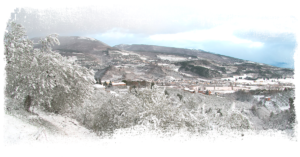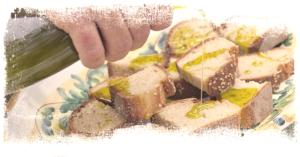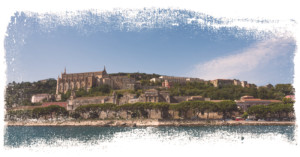Corsica is the fourth island in the Mediterranean, and one of the areas of France where extra virgin olive oil is produced. Called Kallíste (the most beautiful) by the Greeks, it is still known today as “l’Île de Beauté” due to its natural beauty. Most of its beaches are still unexplored, and one-third of its territory is protected as a National Park. Let’s look at an itinerary for setting out to discover all the secrets of this island!
Bastia

Bastia, perched on a cliff overlooking the sea, is the second largest town in Corsica, as well as its main port. A visit to the town is impossible without taking in the Oratory of the Brotherhood of the Holy Cross, the town’s oldest church, Palazzo Bronzini de Caraffa, the largest building in the whole of Bastia, and Piazza San Nicola, which features numerous palm trees and outdoor bars and restaurants. Typical of the town are its ancient pink-coloured buildings and the narrow and charming winding alleys of the town centre.
Nonza

In addition to being of historical interest, the small town of Nonza on the west coast of the island has the distinction of standing on a rocky outcrop overhanging a black beach, contrasting with the green of the surrounding vegetation and the blue of the sea.
Désert des Agriates

The desert of Agriates is a nature reserve completely covered with Mediterranean shrub. Having no coastal road running through it, the beaches of this area are virtually untouched, accessible only via sea or long dirt tracks.
Ajaccio

This town of about 65,000 inhabitants is the capital of the region of Corsica and famous as the birthplace of Napoleon Bonaparte. Its most famous sites are the Cathedral of Santa Maria Assunta and the Lighthouse of the Sanguinary Islands, an archipelago that faces the city and takes its name from the typical red colour of the islands’ terrain.
Bonifacio

Bonifacio is the southernmost town in the whole of metropolitan France, standing on the strait which separates Corsica from Sardinia. This small town of about 3,000 inhabitants is built on a natural bay resembling a fjord. Of historical interest because it has been inhabited for over 6,500 years, Bonifacio is also a great starting point for exploring the entire southern coast of Corsica and its islands.






Leave A Comment